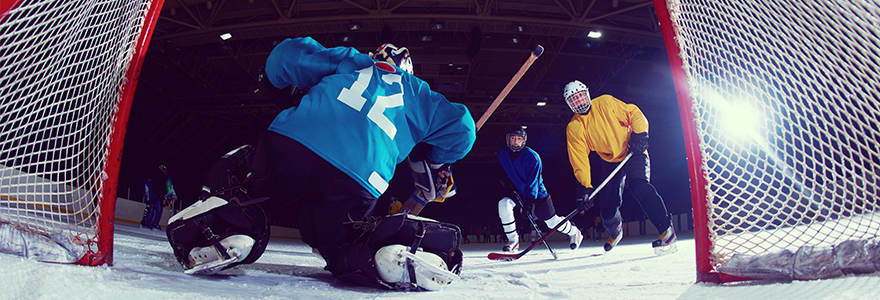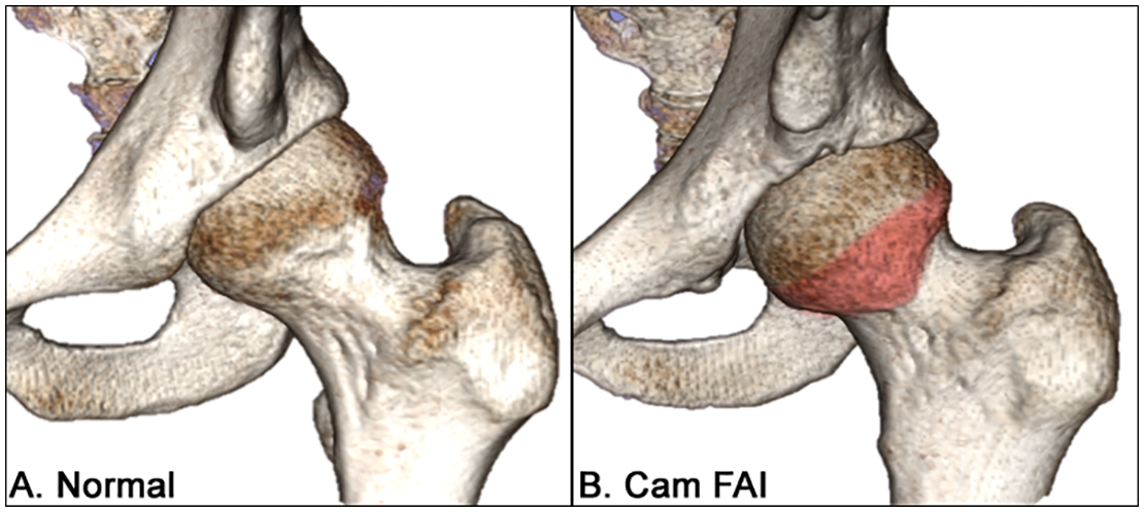From baseball stars to hockey goalies – it’s all in the hips

By Cam Buchan
Baseball’s Alex Rodriguez, entertainer Lady Gaga, British tennis star Andy Murray, hockey goalie J.S. Giguere, figure skater Michelle Kwan and quarterback Kurt Warner.
They are legends of the diamond, stage, court, ice and field.
But they are also among those who have suffered from femoroacetabular impingement (FAI) – commonly known as hip impingement – a leading cause of early hip injuries and osteoarthritis.
“Before the injuries, they were prime athletes, contenders and champions, and, for Lady Gaga, renowned in the entertainment field,” said Geoffrey Ng, PhD, Robarts Research Institute scientist, and assistant professor, departments of medical biophysics, medical imaging and surgery at Schulich School of Medicine & Dentistry. “But immediately after injury, after all those surgeries, not one of these individuals has returned to their peak performance; not one.”
And that’s got Ng intrigued enough to call in the robots.
“Can we do something to actually improve these surgical interventions? Can we do something to delay the osteoarthritic process?” said Ng, who came to Schulich Medicine from Imperial College London, in London, U.K. “And if we were to adjust the surgery, how would we do it? How do we perfect it?”
 Robarts scientist, and assistant professor, departments of medical biophysics, medical imaging and surgery.
Robarts scientist, and assistant professor, departments of medical biophysics, medical imaging and surgery.
Ng is the recipient of an Arthritis Society Canada Ignite Innovation Grant worth $100,000 over two years. The interdisciplinary research also brings together clinical experts from the Fowler Kennedy Sport Medicine Clinic (Dr. Ryan Degen and Dr. Alan Getgood), St. Joseph’s Health Care London Rheumatology Centre (Dr. Tom Appleton, PhD), and international collaborators from the University of Cambridge and Imperial College London.
Working out of Robarts, Ng is using a state-of-the-art robot to move hip joints with and without impingement while a medical imaging scanner captures the real-time tissue deformations and synovial fluid’s movements within the joint. After testing, the hips will be repaired and then retested in the robot and scanner.
The data will provide insights into how hip impingement could lead to osteoarthritis, as well as how to improve hip surgery to promote joint health.
“A healthy musculoskeletal system is vital for our overall health, our increasing life expectancy, and reducing costs for our healthcare system,” said Ng. “This study will provide us with valuable tools to help maintain healthy joints and avoid unnecessary hip injuries and joint replacement surgeries.”
 Comparison between a normal hip joint, and a hip joint with severe hip impingement.
Comparison between a normal hip joint, and a hip joint with severe hip impingement.
FAI affects one out of every five people – more than six million Canadians – and is one of the hardest hip issues to manage, cure and avoid. The femoral head (or ball component of the hip’s ball and socket joint) is unusually enlarged, resulting in severe flashes of pain when the hip bones rub against each other during movement. Inside the hip, the synovial fluid helps lubricate the joint, but it is unclear how it works to protect the hip during larger and more painful motions.
This will be the first study to look at tissue deformations and synovial fluid distributions due to hip impingement and surgery. The results will help doctors develop surgical procedures that are “almost personalized,” said Ng. “From the patient's perspective, this information may prevent pain, osteoarthritis, and the need for an earlier hip replacement surgery.”








